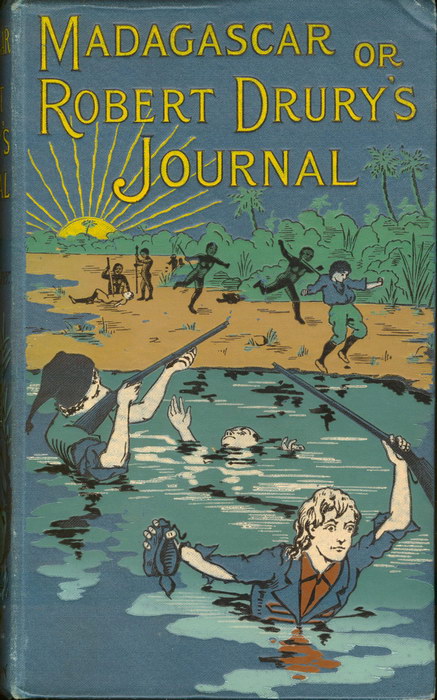Well, I have at last arrived on the Africa Mercy!
It was quite a long trek, took me about 4 days (including a day to recuperate in Antananarivo). I don't sleep well on planes, even with a little . . . "pharmaceutical assistance." So, not only do I get jet-lag, I also get sleep deprived, and my entire body gets very confused. My appetite, in particular, goes haywire, and it has taken till now for me to feel like I'm hungry and full at appropriate times again. I.E. I'm hungry before I start eating and full after, as opposed to hungry(ish) then full after two bites, then slightly queasy if I force myself to keep eating.
Anyway, I'm happily back on track (at least till my weekend of night shifts, yay!), and getting the swing of life here on the ship.
The drive here from the capitol took 8 hours on a shuttle-bus, and provided a really amazing glimpse of what life is like for many Malagasy, in many different areas of the country. The interior of the island is QUITE mountainous, and there are fairly distinct cultural differences between the communities in the mountains vs the coastal regions. There are crazy, incredibly steep trails meandering off up mountainsides, which are clearly the main route many travel from day to day. We saw a man waving a giant, carp-sized fish at us to sell. We saw many, many piles of bricks being pulled from the clay/mud flats on flood plains, many with smoke rising from them as the bricks are fired. And we saw many, many, MANY people doing their Sunday washing in the same, murky mud flats. How their clothes don't look muddy is a complete mystery to me. In the mountains, we saw steep hillsides burning all over; this is called "slash and burn" and is a strategy for clearing agricultural or pastural land without heavy machinery. It is also illegal, as it contributes to much of Madagascar's deforestation, and is, unfortunately, putting many endangered species at further risk. This is being done out of necessity, as most rural Malagasy sustain themselves on the food they grow.
We didn't get the chance to see any lemurs yet, but the wildlife we did see was breathtaking, and SO incredibly diverse. There is no doubt that almost every living thing here is a Madagascar-exclusive.
As we approached the ship, we passed through the town of Tamatave (aka Toamasina), which was MUCH smaller than I expected, and saw signs of great disparity between the few well-off, and the rest of the population. Large, modern, walled and barbed-wire-fenced compounds house diplomats and large corporations, while next door there is a slum crammed full of ramshackle huts. A dozen or so patchy lean-tos/tents housing squatters line the beach across from the pier. A shiny BMW zips past rusty rickshaws and motorbikes.
Finally, we arrived at the ship; certainly a sight for sore eyes, and a stark contrast (dare I say, beacon of hope?) to this rather forlorn land. We had a day and a half of paperwork, meetings, tours, and moving in, and tripping over every single door frame. By the time I get home, I'm going to instinctually high-step through every doorway, and look very silly to anyone watching. Oh, and I may have walked in circles 2 or 30 times trying to find my way around. Fortunately, I'm on a ship full of super-friendly people who love what they do, and are very nice to the silly newbies who just arrived. They must be used to us by now, as it seems every week a dozen or so crew leave and a new dozen or two arrive. Soon I shall be the rescuer, no longer the rescuee!
I should probably get some z's, as my 5 (yep, count-em, 5!) cabin mates have all hit the hay already.
Later this week I will try to share about my actual job here, but I think I might need more than one shift under my belt so I at least kind-of know what I'm talking about.
I also am trying to work out how to edit together some video of the bus trip . . . with the limited technology at my disposal. So stay tuned.
In the mean time, here's a few photos.
 |
| View of the beach with the gangway in the foreground (a few squatters tents can be seen on shore) |
 |
| Cargo ship delivering sulphur across the port from us |
 |
| Travellers Palm |
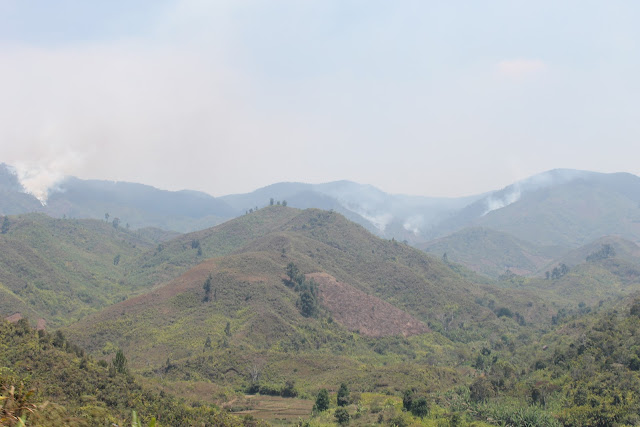 |
| Slash-and-burn fires smouldering all over |
 |
| Rice paddies in a small valley amidst the mountains |
 |
| Stacks and stacks and stacks of bricks being dried. |
 |
| Papaya and mango trees |









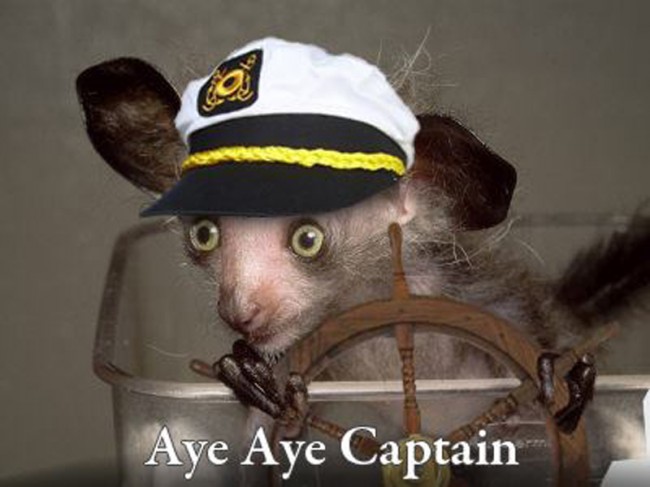




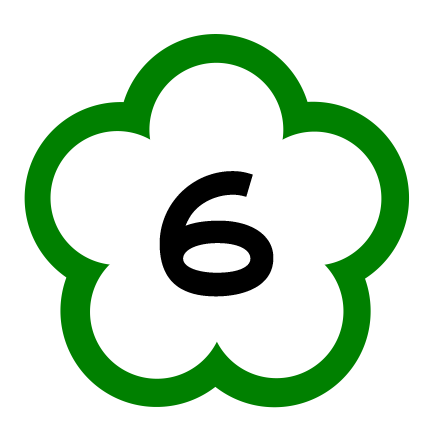
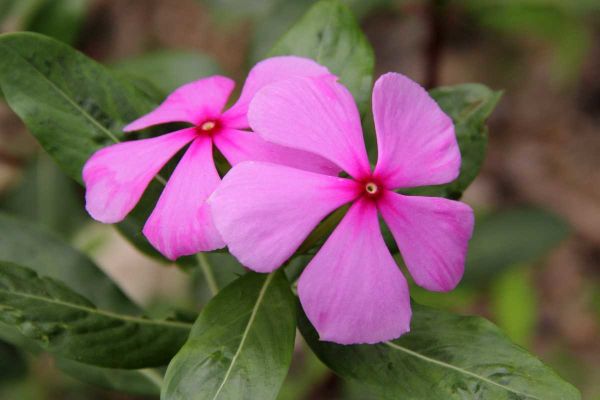
_Madagascar.jpg)
